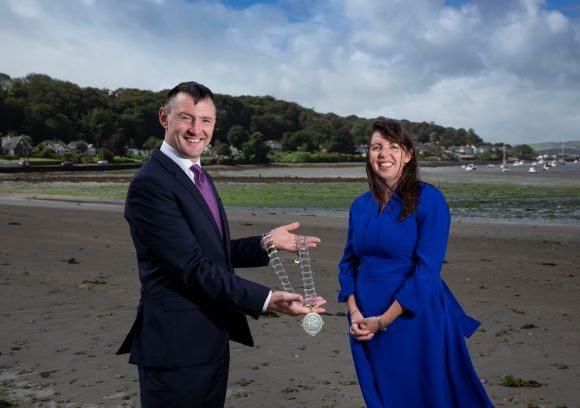MICHAEL WOLSEY: ‘Disgraceful, wasteful saga of world’s most expensive hospital’

IN 1995 Albert Reynolds, then Taoiseach, came back from Brussels with €8 billion for regional development. It was the largest single sum Ireland had ever seen and it revolutionised the country.
It built roads, improved telecommunications and financed a huge amount of new infrastructure. It paid for the birth of the Celtic Tiger.
Albert was a shrewd businessman who knew the value of every cent. His successors, who do not, are spending almost a quarter of that magnificent sum on just one hospital – the most expensive in the world.
The national children’s hospital has overrun its budget by €450 million and the bill is now heading towards €1.4 billion. Fianna Fáil’s health spokesperson Stephen Donnelly reckons it will go even higher. “When the dust is settled we won’t see any change out of much less than €2bn,” he said.
Like most of our TDs, Stephen Donnelly dates the overspending to 2016 when the price of the hospital was put at €983m. But this disgraceful, wasteful saga goes back much further than that.
By some reckoning, it began in 1993 when a report from the Royal College of Physicians called for a new hospital. I would date it to a decade earlier when there was talk of rebuilding and extending Crumlin Children’s Hospital. When that proved impractical, a developer offered land, free of charge, for a purpose-built replacement somewhere off the Naas dual carriageway. He even offered to build the structure without charge so long as he was allowed to put up a private hospital on the same site.
For reasons that were never clear to me, this offer was rejected as unethical. Since then, at least three other offers of free sites have been rejected – one at Swords, on the north side of Dublin, one at Sillogue, near Ballymun, and a third at the old Phoenix Park racecourse.
Each rejection was followed by reports, recriminations and squabbles over the most suitable location.
It was generally agreed that the new children’s unit should be on the site of an existing hospital, so facilities could be shared. With that proviso, the argument revolved around whether the site should be in the centre of Dublin, with good access by public transport, or off the M50, where it could more easily be reached by car.
There is no absolute right or wrong answer to this question. It is a matter of opinion. But arguments over the issue delayed the start of work for years.
I could never see why the hospital had to be in Dublin at all. The arguments that favoured the M50 could as well have been made for placing it anywhere on the motorway network so long as it was not too far from the capital – near Drogheda, say, or Carlow; vibrant towns with easy access and good facilities.
Be that as it may, only greater Dublin locations were ever considered. A site at the Mater hospital was rejected because it was not big enough. It was also poor for public transport, served only by buses which often get trapped in the heavy traffic around that part of the city. The present site at the St James’s Hospital suffers from some of the same problems although it is at least served by the Luas and linked to the South East by trains to Heuston Station.
When this sorry tale began I was the father of young girls and had a very direct interest in the plans. Today those girls have children of their own, two of them are teenagers. And still the hospital has not been built.
I hear calls for the present plans to be scrapped. Start again, the critics say, on a green field site.
That would mean looking for new planning permission and new funding, which would be underestimated, because it always is. And there would be a new completion date which would not be kept, because it never is
Thankfully neither my children nor my grandchildren have ever needed the hospital for anything serious. I hope the same can be said of my great-grandchildren for I have no real confidence that the hospital will be ready by their time; not a hope in hell if we change location once again.
*You can contact Michael on news@kilkennynow.ie




